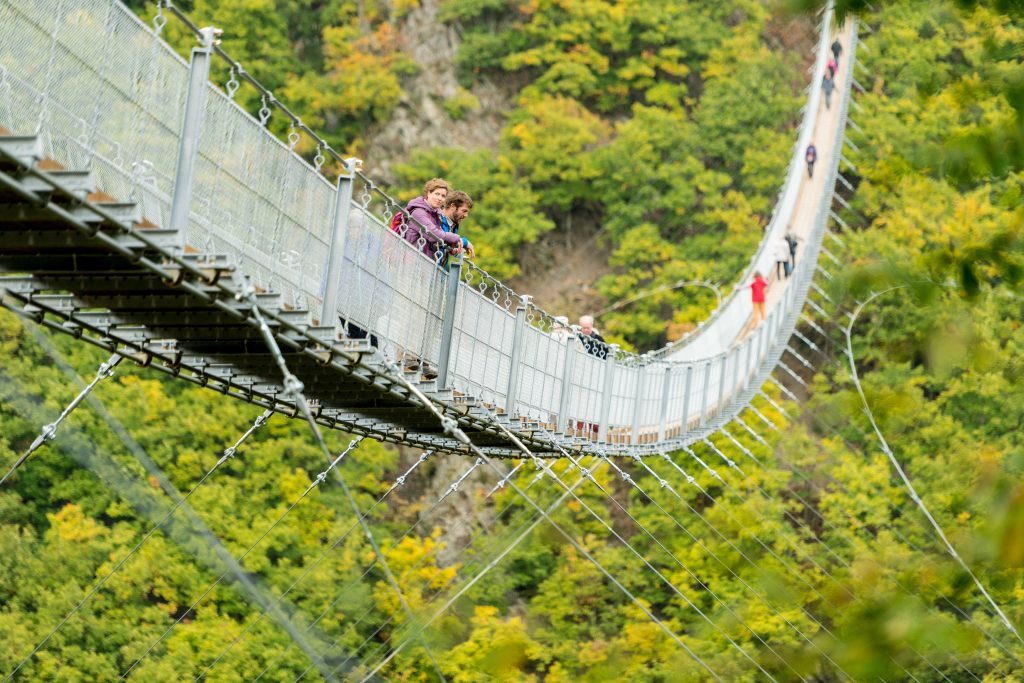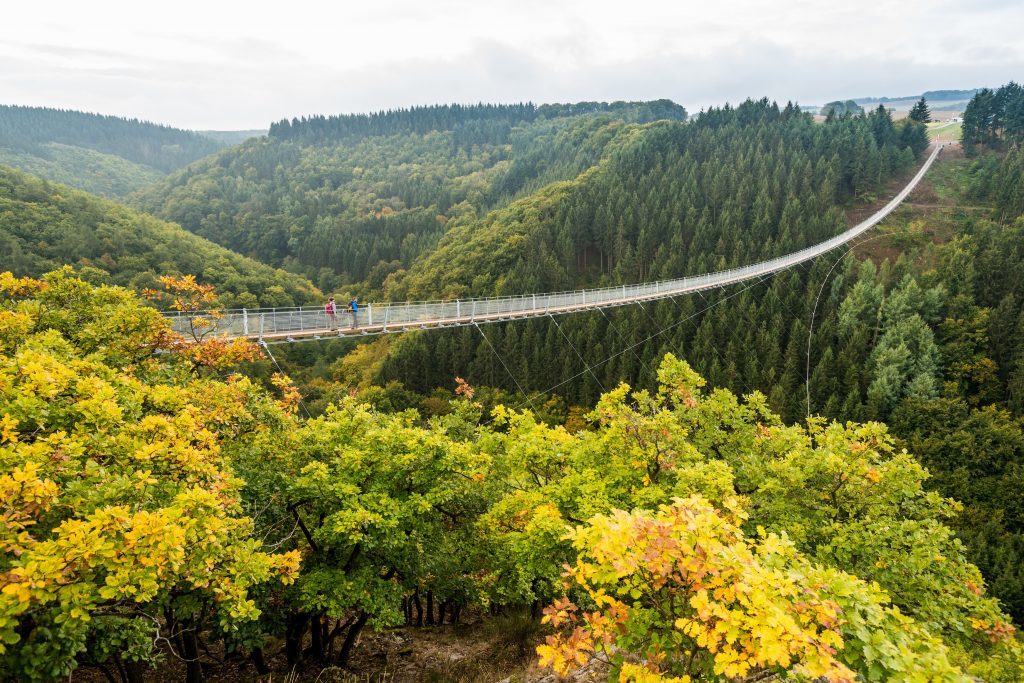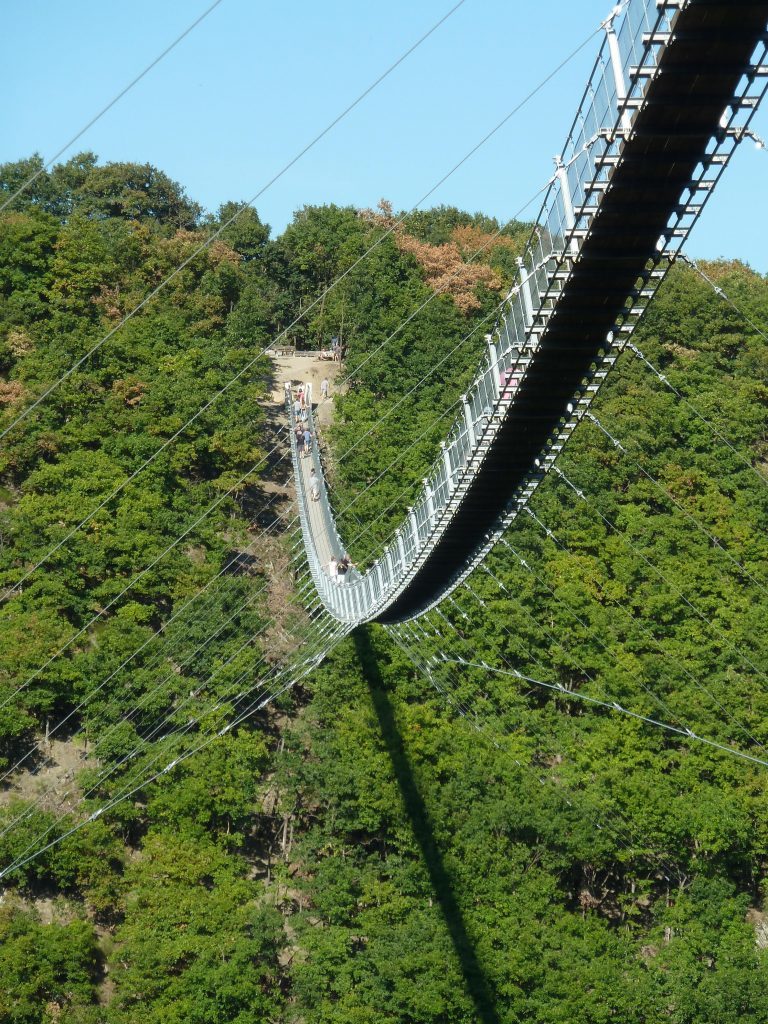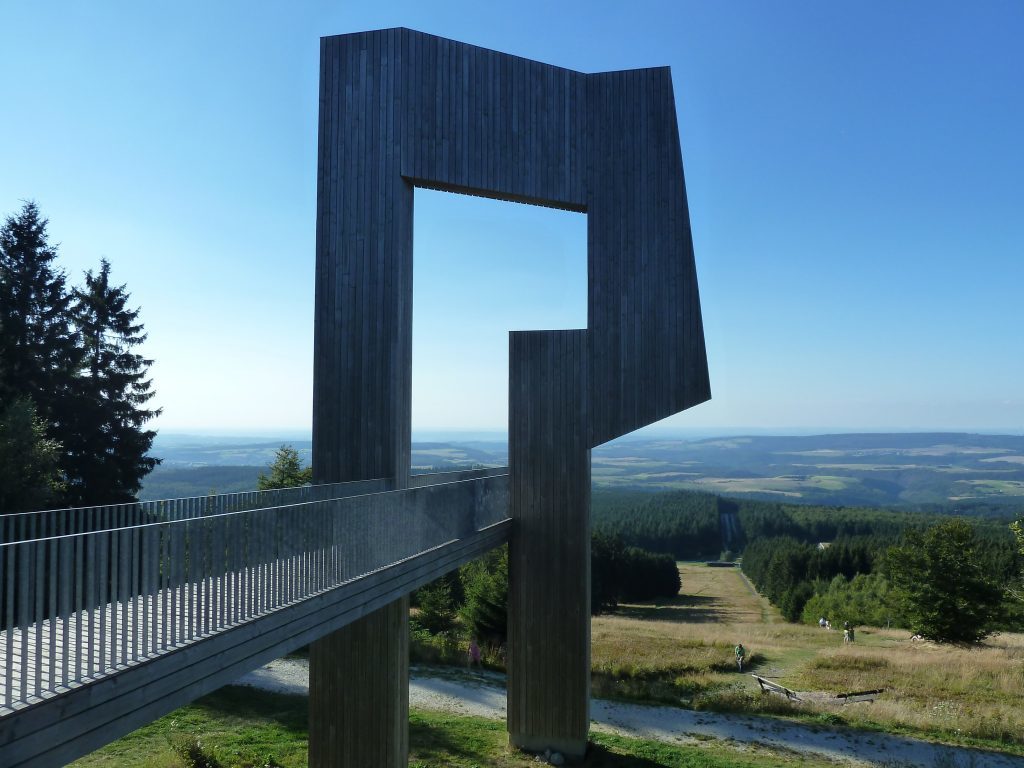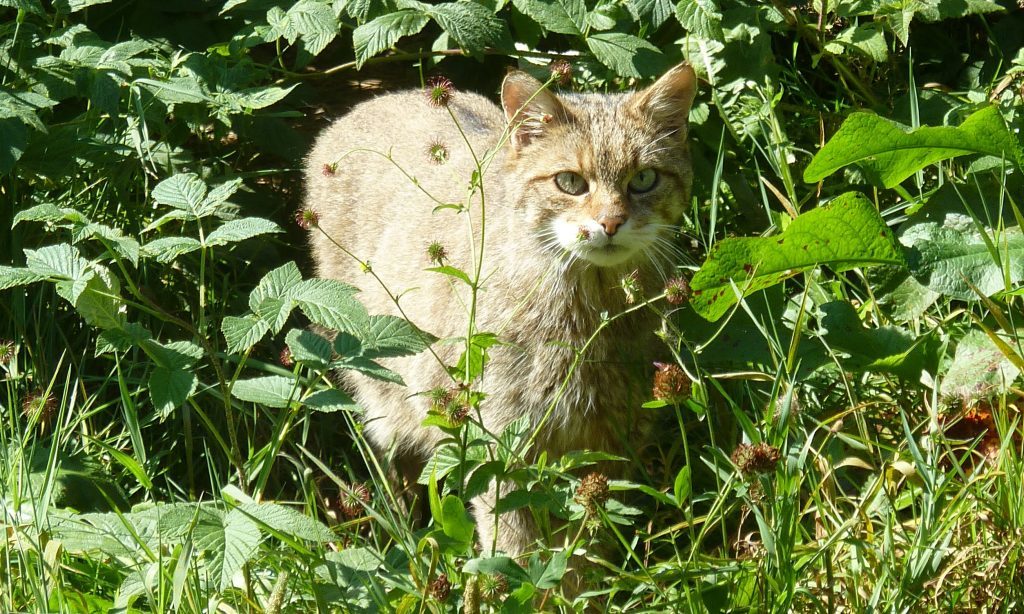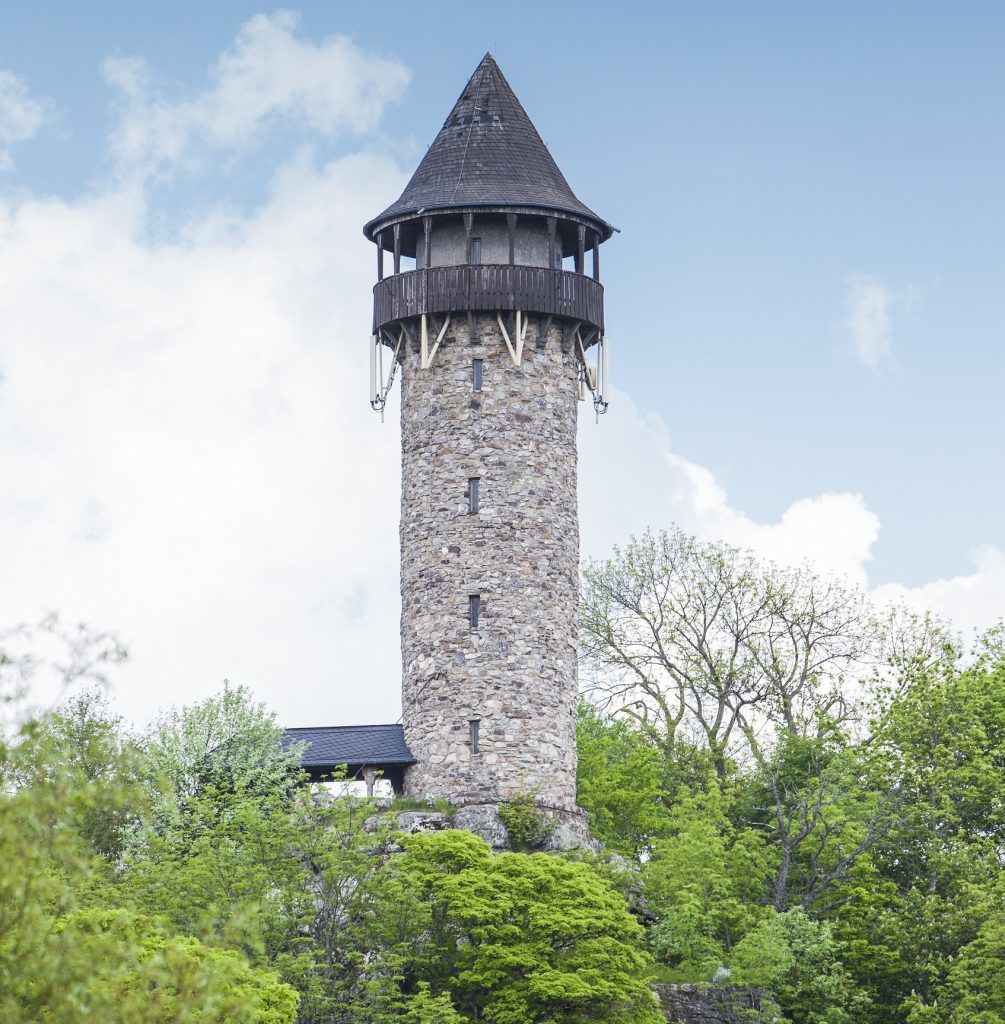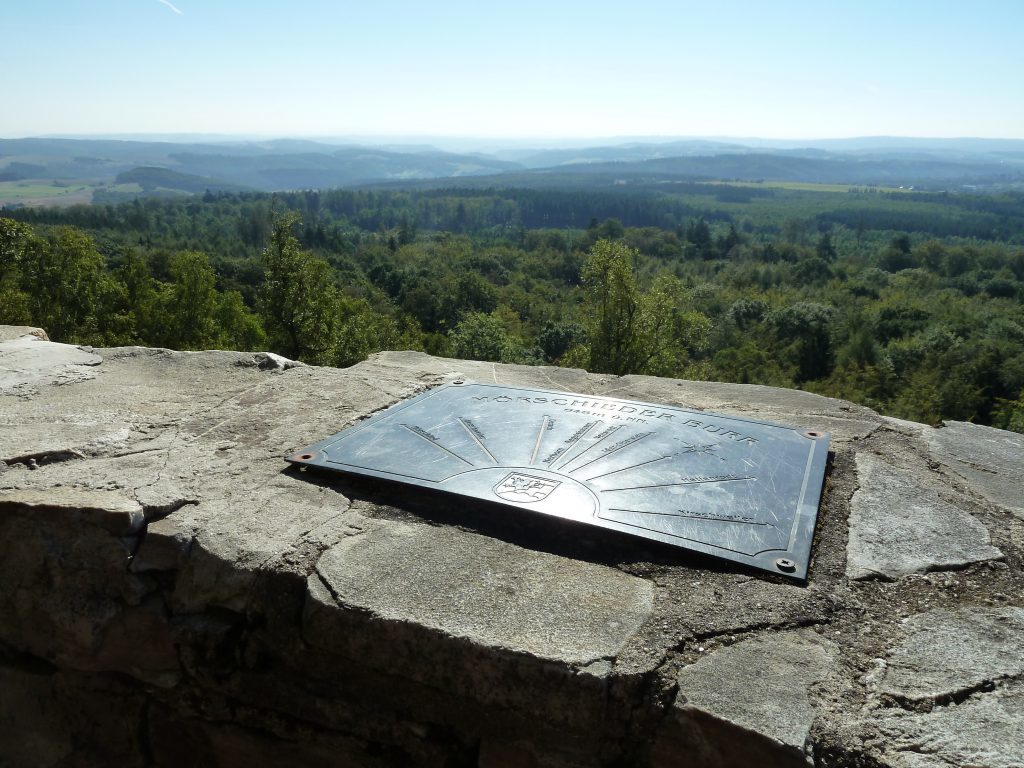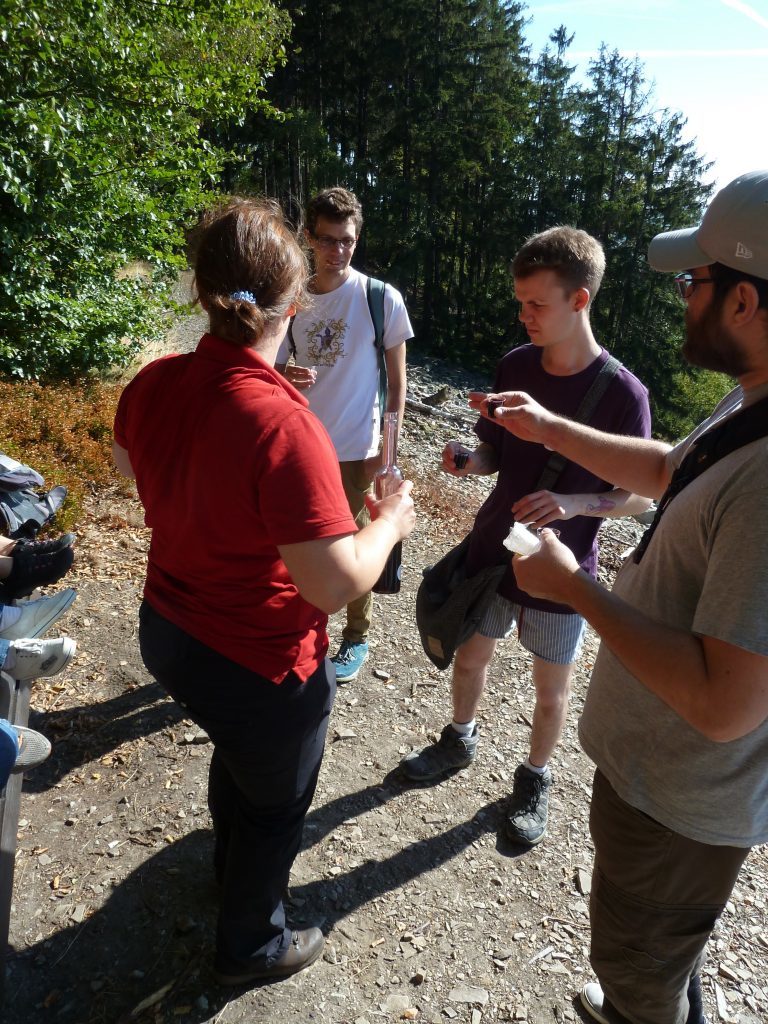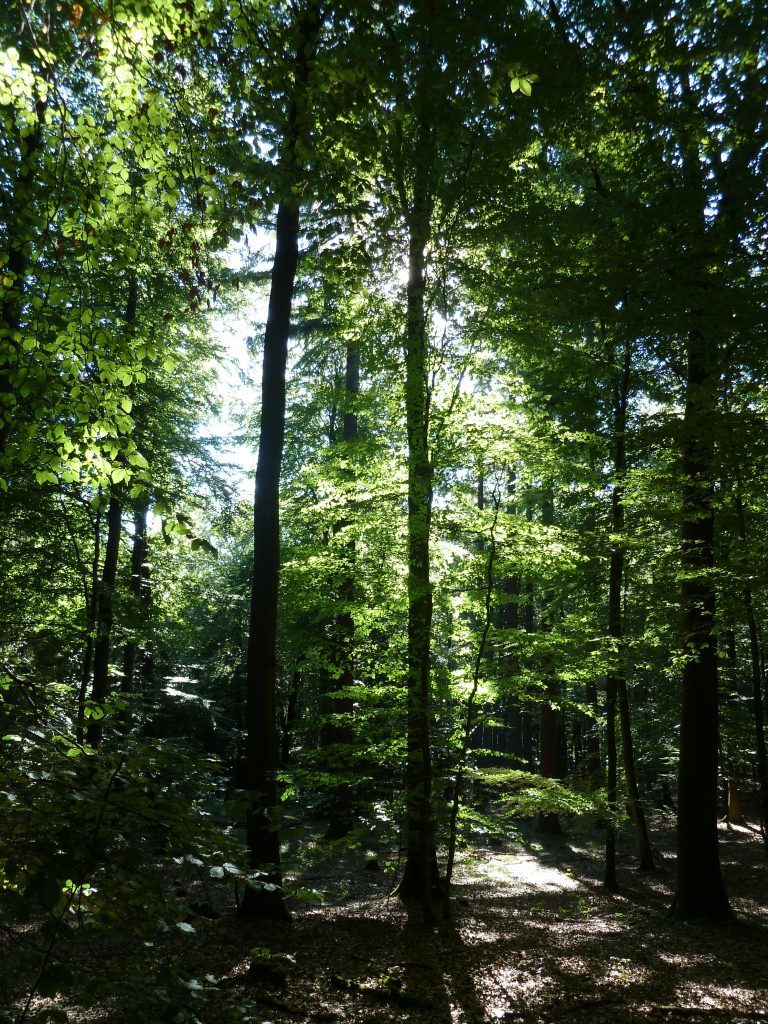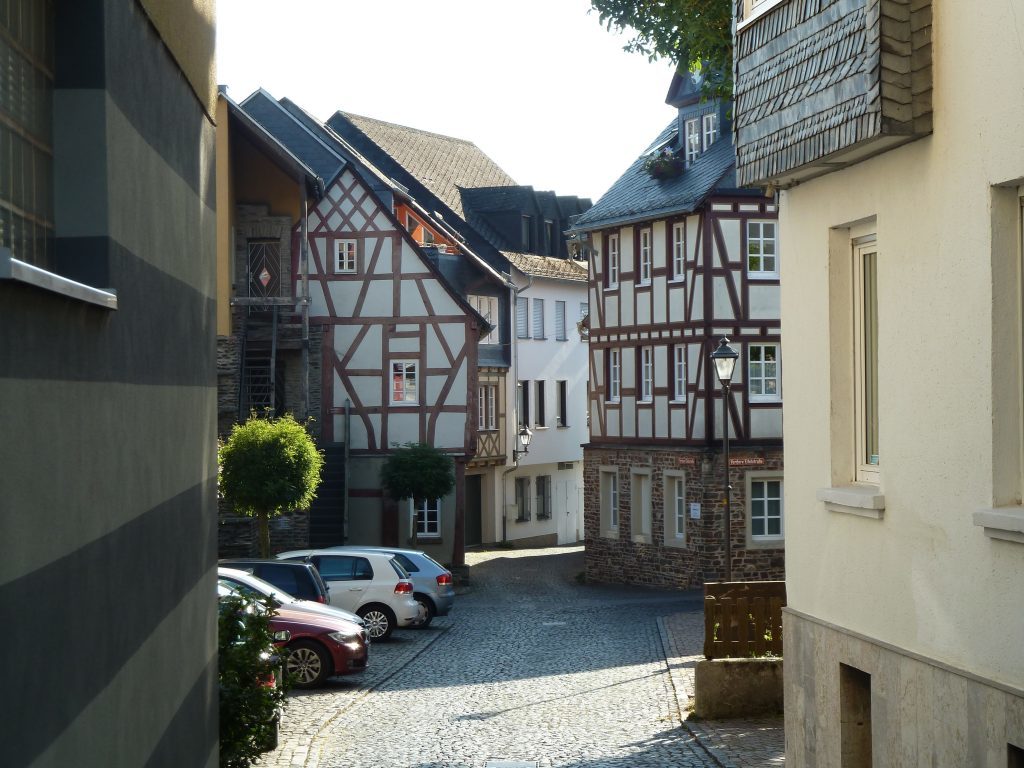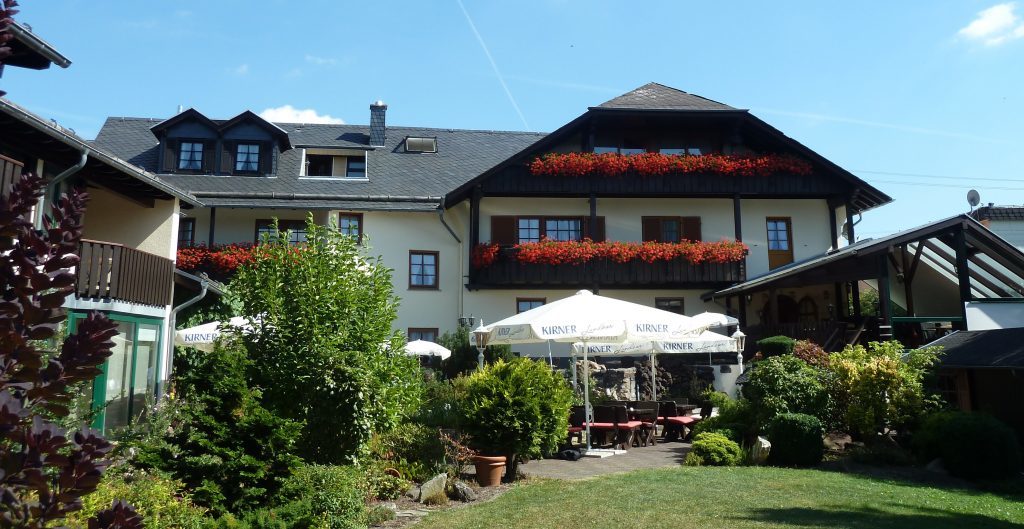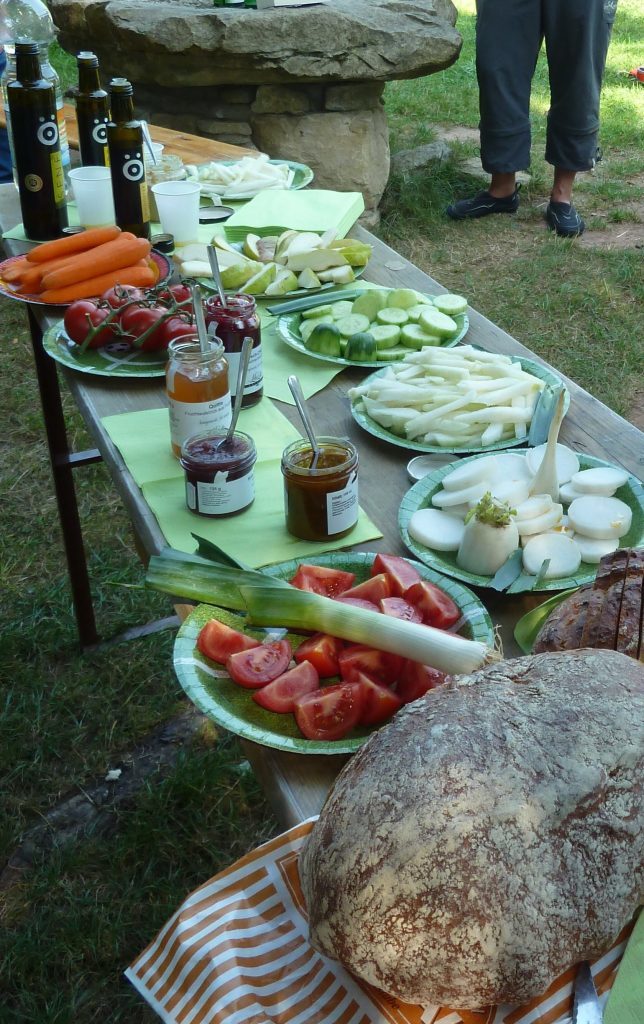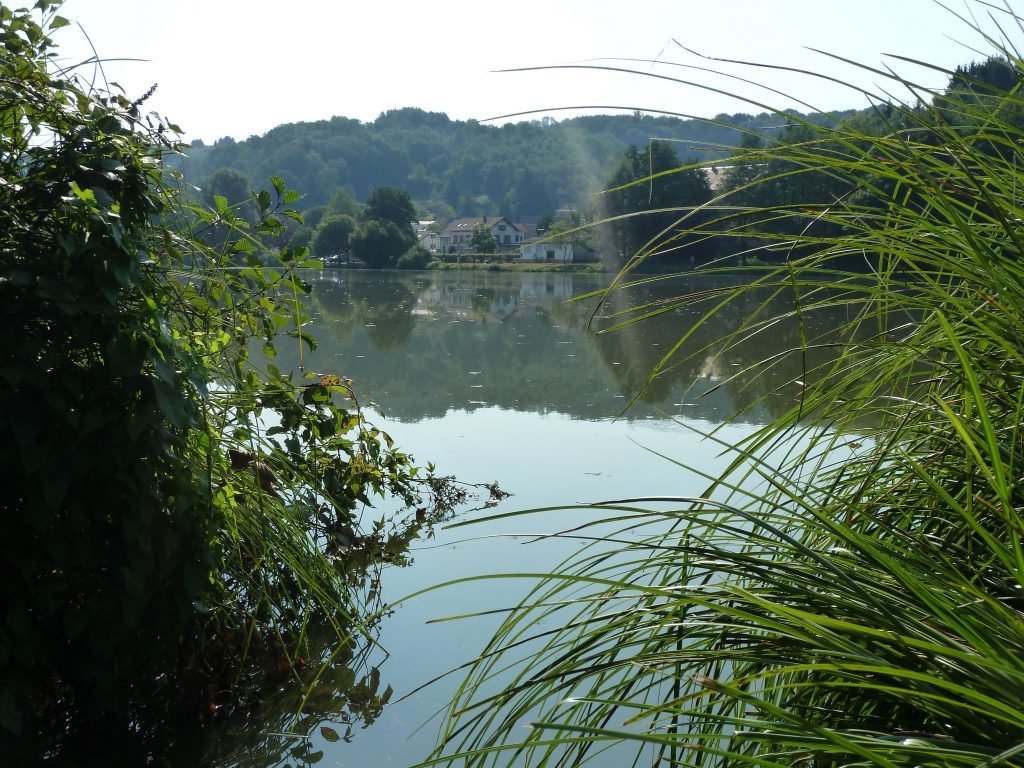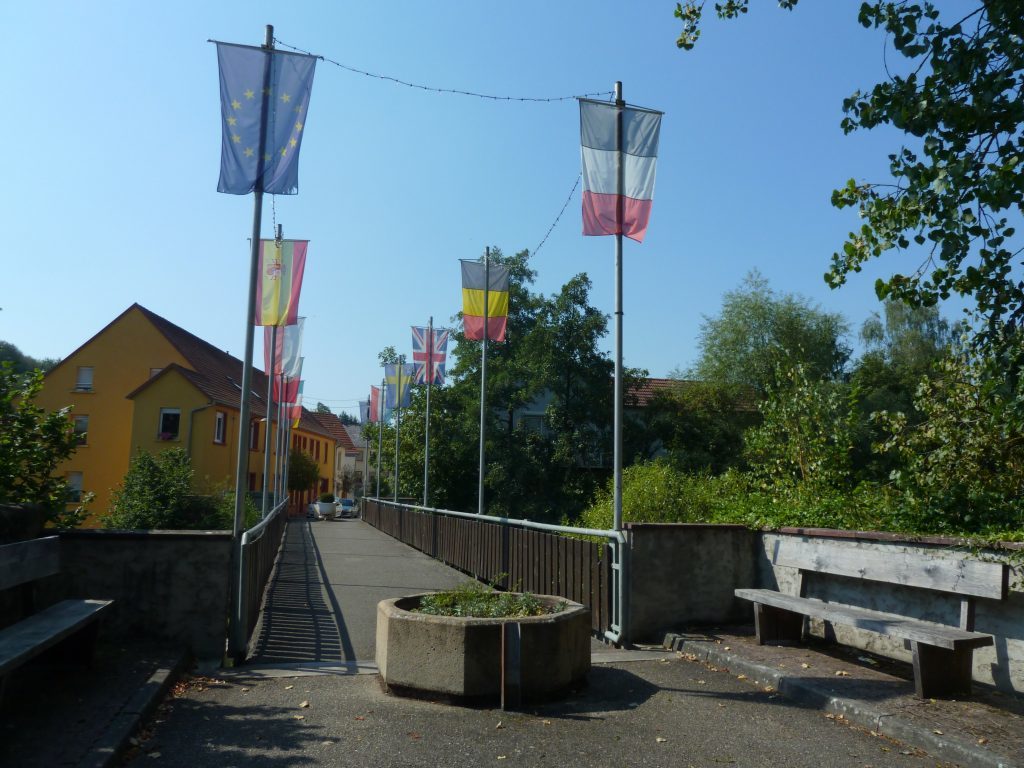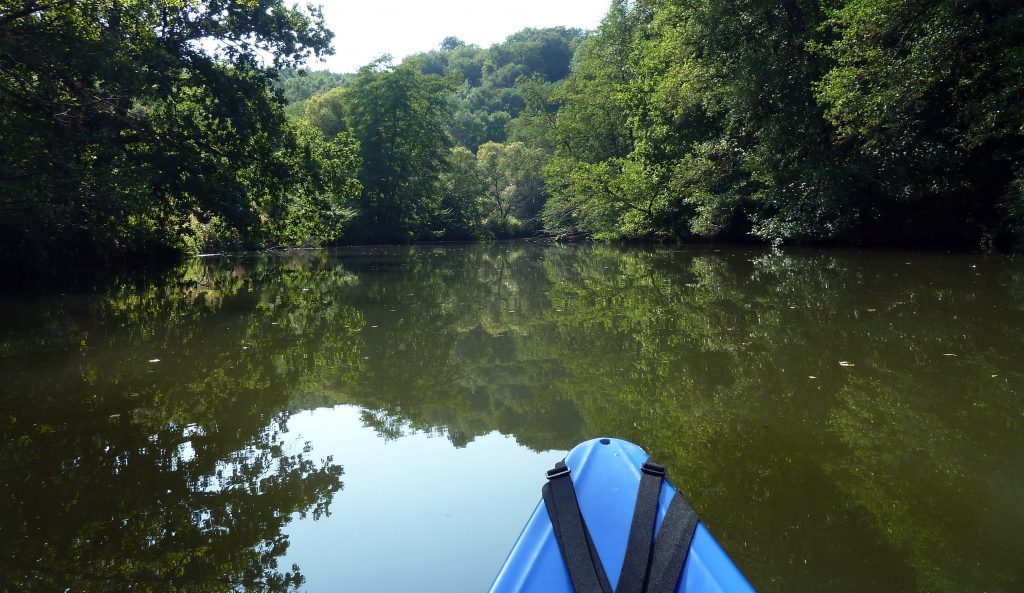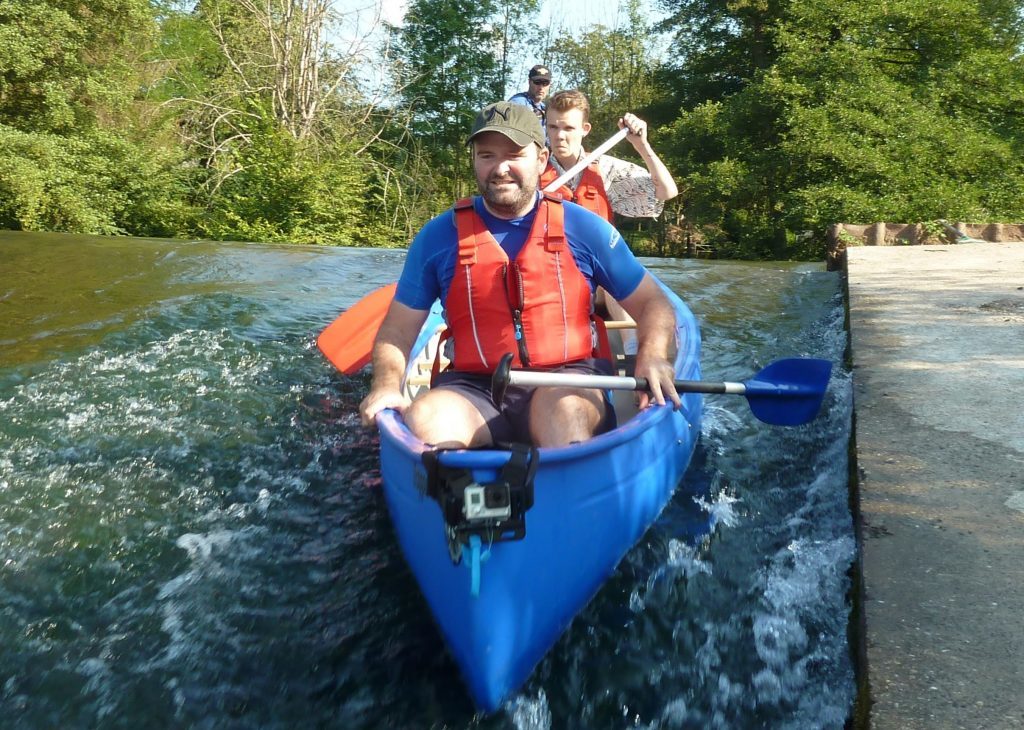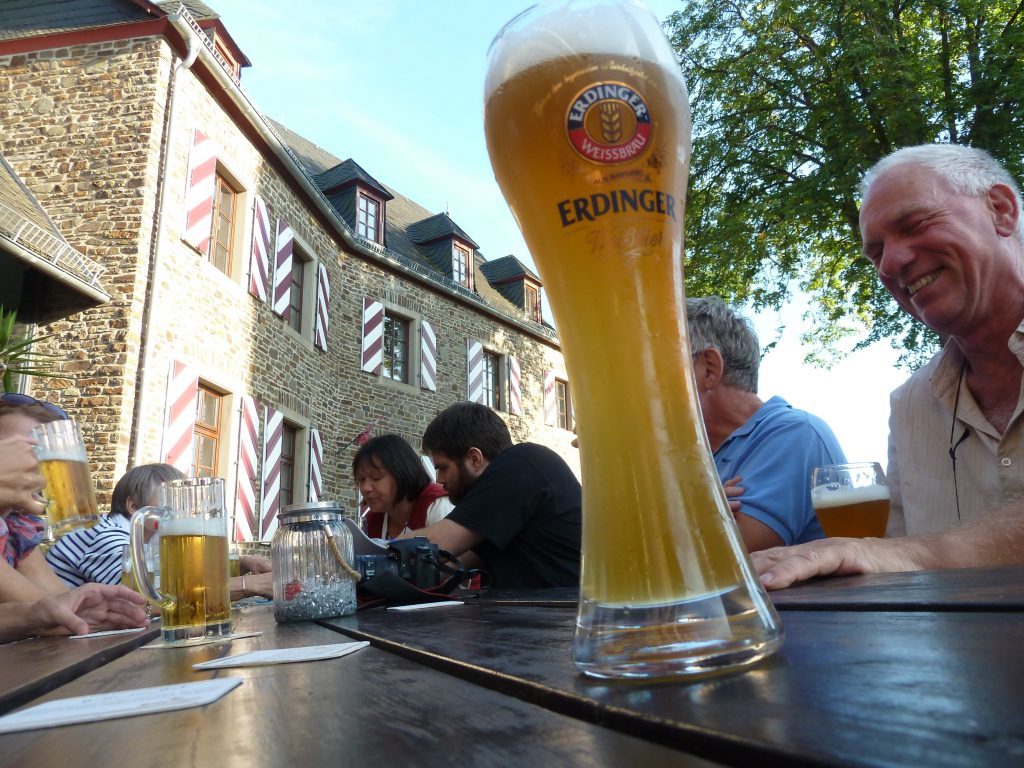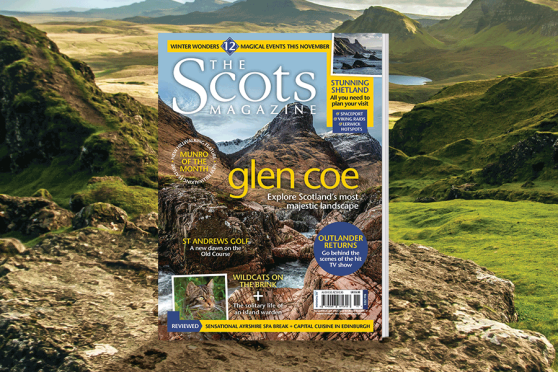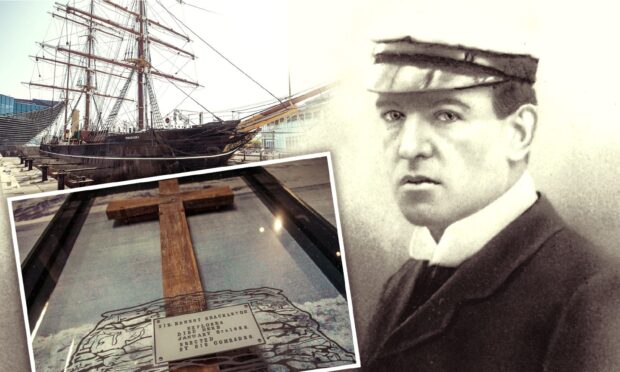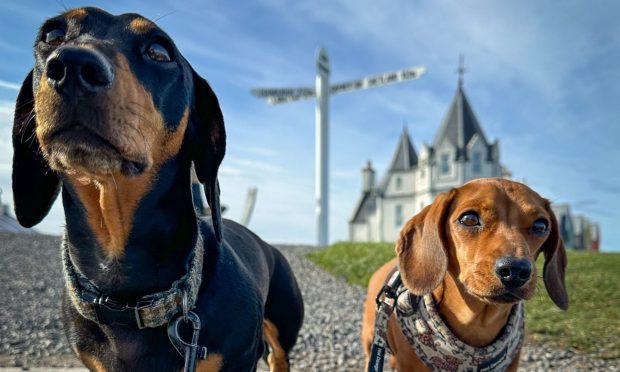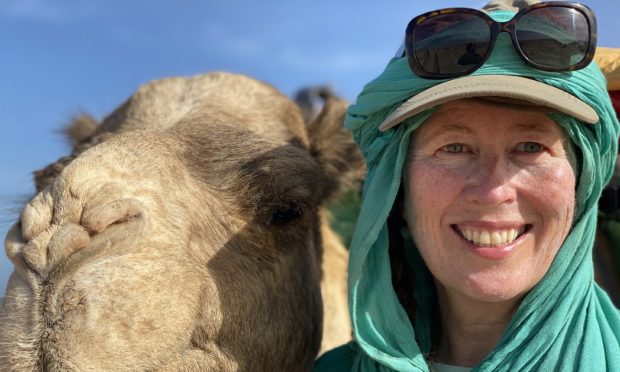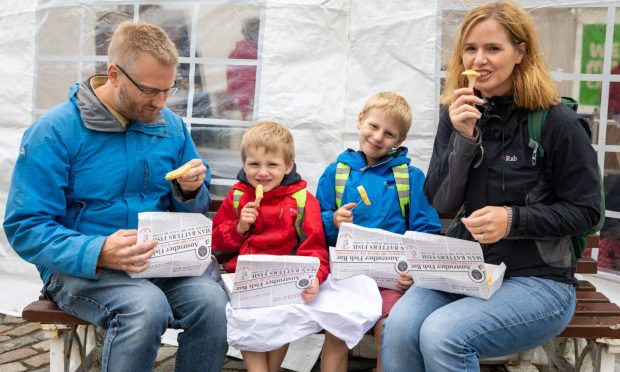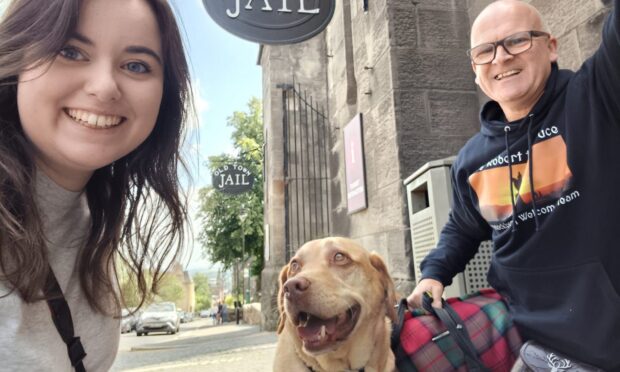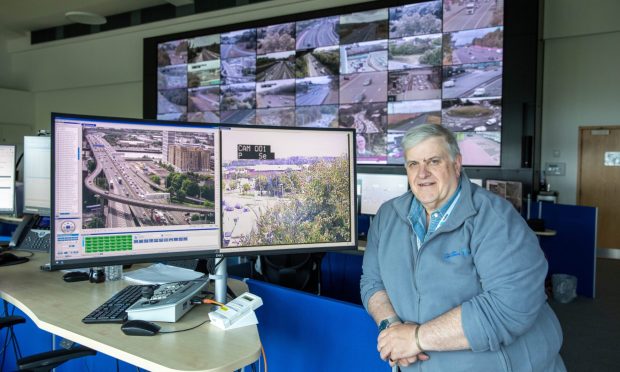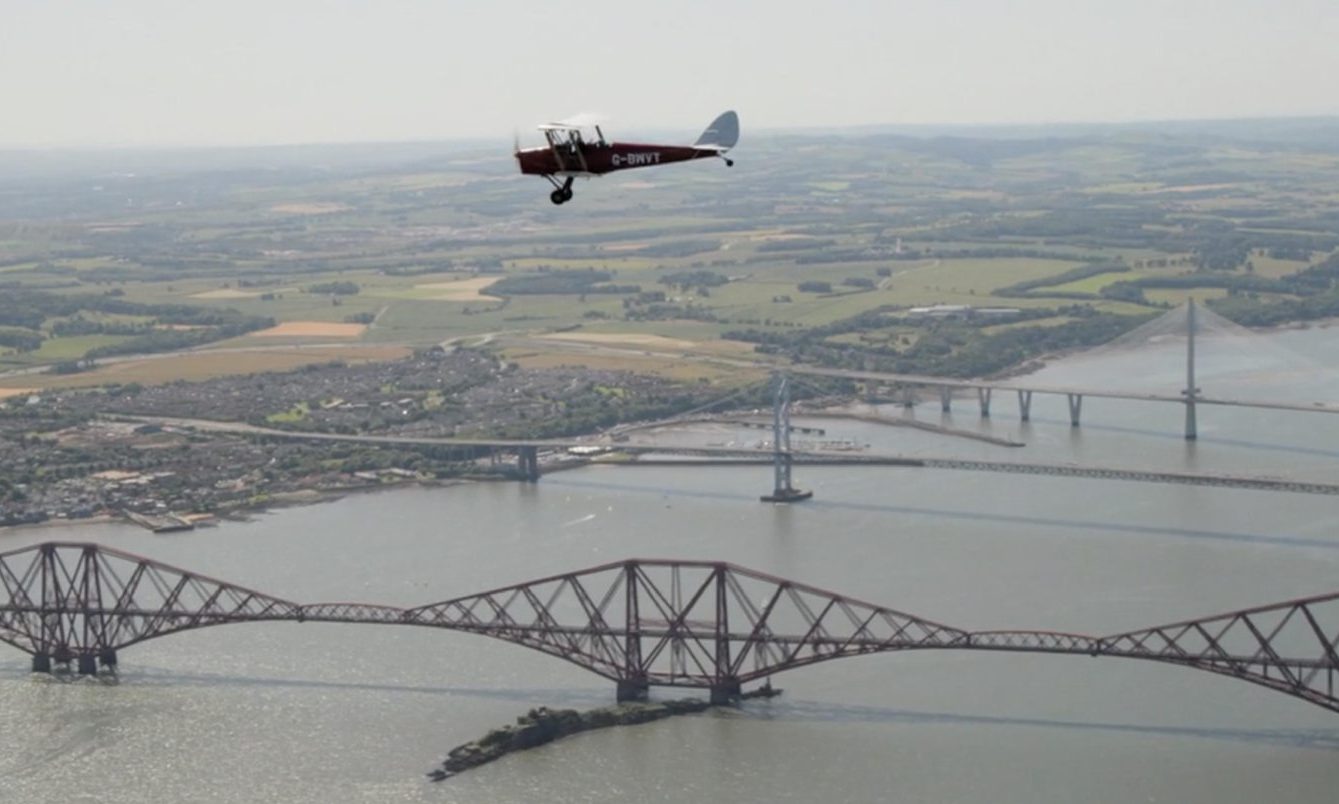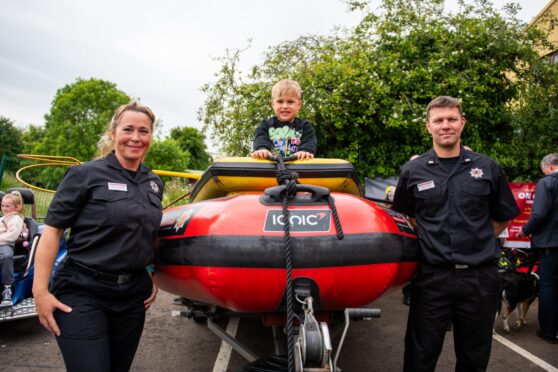A first-time visitor to Germany, Richard Rooney finds an enchanting land of forests, rivers and ancient history in the Rhineland-Palatinate and Saarland regions.
“Just don’t look down when you get to the middle,” says our guide.
I’m looking out over a forested valley, and I’m about to put Germany’s famed engineering to the test in the most fundamental of ways.
Ahead of me stretches 360 metres of wood, bolts and cables, all making up the simple but spectacular Geierlay suspension bridge over the Morsdorfer Bach river.
It has only been open since October 2015 but has already attracted well over 300,000 people to this still relatively unknown region southwest of Frankfurt — an immediate and impressive return on its one million euro cost.
But as I prepare to leave terra firma and cross the 100m drop, I can’t decide if its recent construction is a good or a bad thing: new enough not to have developed any faults, or too new for the faults to have been found?
There’s only one way to find out…
In truth, the opportunity to gain a top-down perspective on one of the countless scenic valleys in Rhineland-Palatinate and neighbouring Saarland is too great to resist, and there are few among the crowds drawn here who don’t summon the courage to give it a go.
It’s hard to think of a more exhilarating introduction to our four-day outdoors and nature-themed trip.
We had touched down just hours before in slick and upwardly mobile Frankfurt — a financial city already eyeing an opportunity to take business from London post-Brexit vote. But, in what seemed no time at all, we had left the urban behind, passing through rolling green countryside and picturesque hamlets and villages until our destination of Morsdorf.
The bridge at Gieierlay helps to connect some of the routes that make up the 254-mile Saar-Hunsrück-Steig walking trail and it was soon time to put our fitness to the test with a hike through the Hunsrück-Hochwald National Park.
It is home to the highest point in the region, the Erbeskopf mountain, and its thick forests hide a fascinating network of Celtic ruins and protected wildlife, including a growing population of wildcats.
The park dominates views from miles around, and we were therefore amazed to learn it was only formally established as a national park as recently as May 2015 — giving me a perfect opportunity to inform my European colleagues of the role played by Scotland’s John Muir in establishing the protected parks movement in the United States and beyond.
The best walks have a clear target, and ours is suitably Germanic: Wildenburg Castle. Conditions are perfect for what appears an easy climb to the hilltop tower and the promise of 360-degree views when we get there. It’s warm and sunny with a pleasant cool breeze — but our volunteer guide Sandra soon makes it clear we won’t be doing things the easy way.
Veering off the track, she marches into the undergrowth and straight towards the kind of steep gradient the rest of us would try to route round.
Sandra explains that a key principle in establishing the park was that it should be formed with and for the local communities, and that meant no areas should be off-limits. No path? No problem.
As we climb higher, we are offered tantalising glimpses through the canopy until suddenly the view opens up and we take in the wonderful vista south over a carpet of green towards the famous gemstone town of Idar-Oberstein.
Just as I think life can’t get any better, our guide pulls out a delicious liqueur made from local elderberrries and I bask in the sun savouring a feeling of sheer contentment and not wanting to be anywhere else in the world.
Sandra, who is one of a team of volunteers who organise guided walks and can be hired by visiting parties to help interpret the surroundings, explains that walkers in generations to come will experience a very different national park.
As well as supporting the resurgence of the wildcat, there is a longer-term ambition to return the forest from spruce back to its natural beech and it’s easy to sense an entirely different atmosphere in those few areas where the indigenous tree species have remained dominant.
But while we are envious of those who will one day see the whole forest restored to its truly natural state, we have much more immediate concerns to address.
Our days out exercising in the fresh air made us keen to indulge in some guilt-free calories and we found the area’s hotels and restaurants more than ready to satisfy the appetites of hungry walkers.
While foodies might more typically head for France, which is just a hop and a skip to the west from this region, our experience suggests they should be giving this part of Germany some serious consideration.
Our hosts described a sea-change in restaurant standards in recent years and our group was certainly impressed with the quality and value of the local produce and the quiet and unassuming pride with which it was offered.
Indeed, one of the Dutch walkers in our party — no stranger to travel across Europe — told me he is now far more likely to eat out in Germany than in France, where high prices and a certain insouciance are too often found.
German cuisine certainly suited me well, and I was treated to some of the best cuts of meat I’ve enjoyed anywhere — a barbecued steak, or spiessbraten, cooked over an open fire that could have fed me for a week being a highlight.
But I was just as impressed by the freshness and taste of the local vegetables and dressings — so much so that I broke the habit of a lifetime at one point and ordered a salad as a main meal!
With daytime temperatures throughout our week in the mid to high 20s, we were delighted to learn our next activity would give us a chance to cool down — especially if we made a mess of it.
Crossing into neighbouring Saarland, we were met by our coaches from Kanu Saar, who would lead us on a day’s kayaking in the UNESCO-recognised Bliesgau biosphere.
This nature lover’s paradise is a living laboratory split across three zones where the human effect on the environment is studied.
We start off on a small lake where we are shown the basics of kayaking to ensure we can enter the River Blies at Habkirchen without causing disturbance to the flora and fauna.
This is real border country disputed over the centuries, and while we wait for a film crew to clear the launch jetty we are able to take the short walk across a small bridge and briefly set foot in France.
The British in our party are also subjected to some lighthearted humour as we spot the Union flag flying, at least for now, alongside the others of the EU.
Although slightly more challenging than the earlier training session, this section of the Blies offers the perfect environment for novice kayakers and we make steady progress down the gently-flowing waters. Herons, kingfishers and even a small water snake can be seen as we mosey on down towards Bliesmengen-Bolchen.
But, suddenly, the sleepy atmosphere changes as we hear the unmistakable sound of white water.
Approaching a weir, our guide explains the flow is stronger than normal and suggests we might be best to take this section on foot and allow the experts to steer our kayaks through.
However, I feel I have the Brexit vote reputation of the British to uphold and so make it quite clear that I have no time for the views of experts.
It’s less about bravery and more a calculated gamble: the worst that can happen is that we capsize and take a refreshing dip — and that sounds pretty good to me on what is another scorching hot day.
After managing to corral another of our party into giving it a go, we rush down the slope and take a good soaking as we crash back into the river below.
Not quite a capsize then, but great fun and an exciting end to another brilliant adventure.
A land of gorgeous green scenery criss-crossed by miles of trails, and with picture postcard ancient towns and villages serving delicious local produce and drinks — I’m pleased to confirm the German beer really is every bit as wonderful as billed — I thoroughly recommend you consider the Rhineland-Palatinate and Saarland regions for your next walking holiday.
Info
Richard travelled with the German National Tourist Board www.germany.travel, flying from Edinburgh to Frankfurt with Lufthansa, www.lufthansa.com. Return flights from £108.
A double room with breakfast at Landhotel Karrenberg in Kirchberg,
www.landhotel-karrenberg.de, starts from 85 euros per night.
A standard double room with breakfast at Berghotel Kristall in Idar-Oberstein,
berghotel-kristall.com, costs from 85 euros a night.
A double room with breakfast at the Europas
Rosengarten Hotel in Zweibrücken, rosengarten-am-park.com, costs from £112 per night.
Useful links:
Gieerlay suspension bridge: www.hunsruecktouristik.de/en/discover-the-hunsrueck/nature/suspension-bridge-geierlay
Saar-Hunsrück-Steig walking trail www.saar-hunsrueck-steig.de/en/
Bliesgau biosphere: www.biosphaere-bliesgau.eu/index.php/en/
Hunsruck-Hochwald national park: www.nationalpark-hunsrueck-hochwald.de/
Kayak training and hire: kanu.saarland
